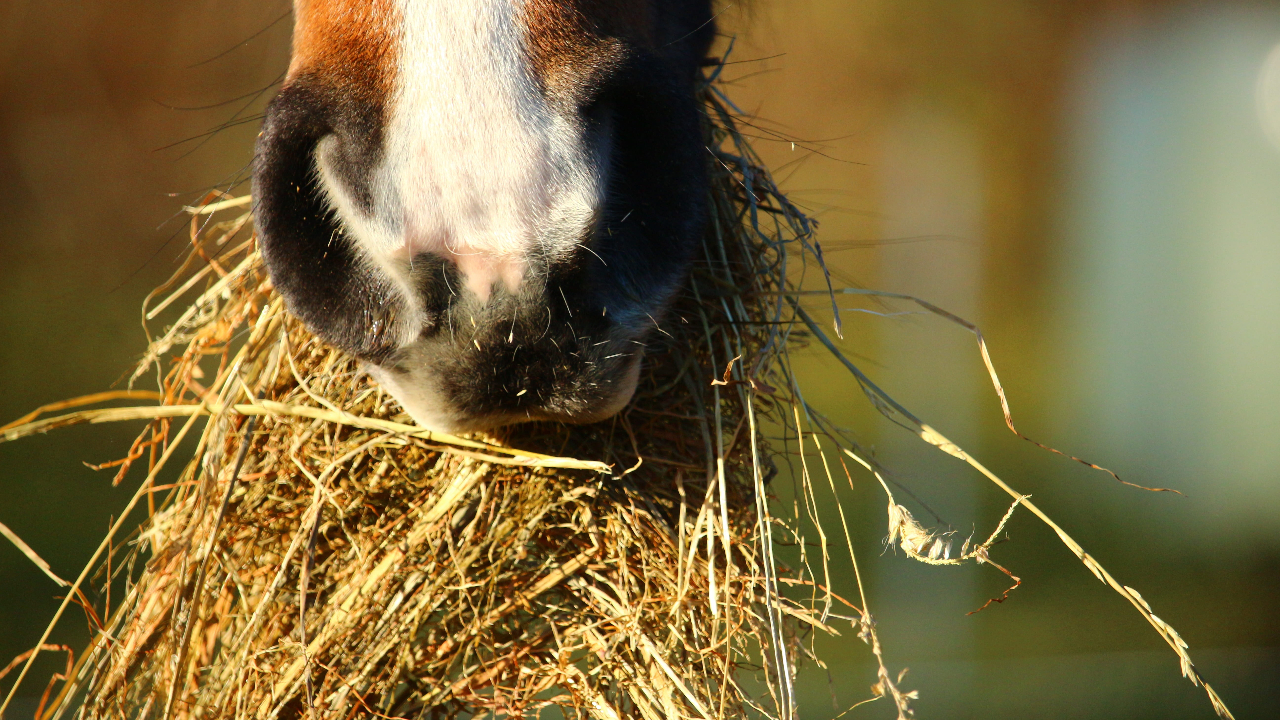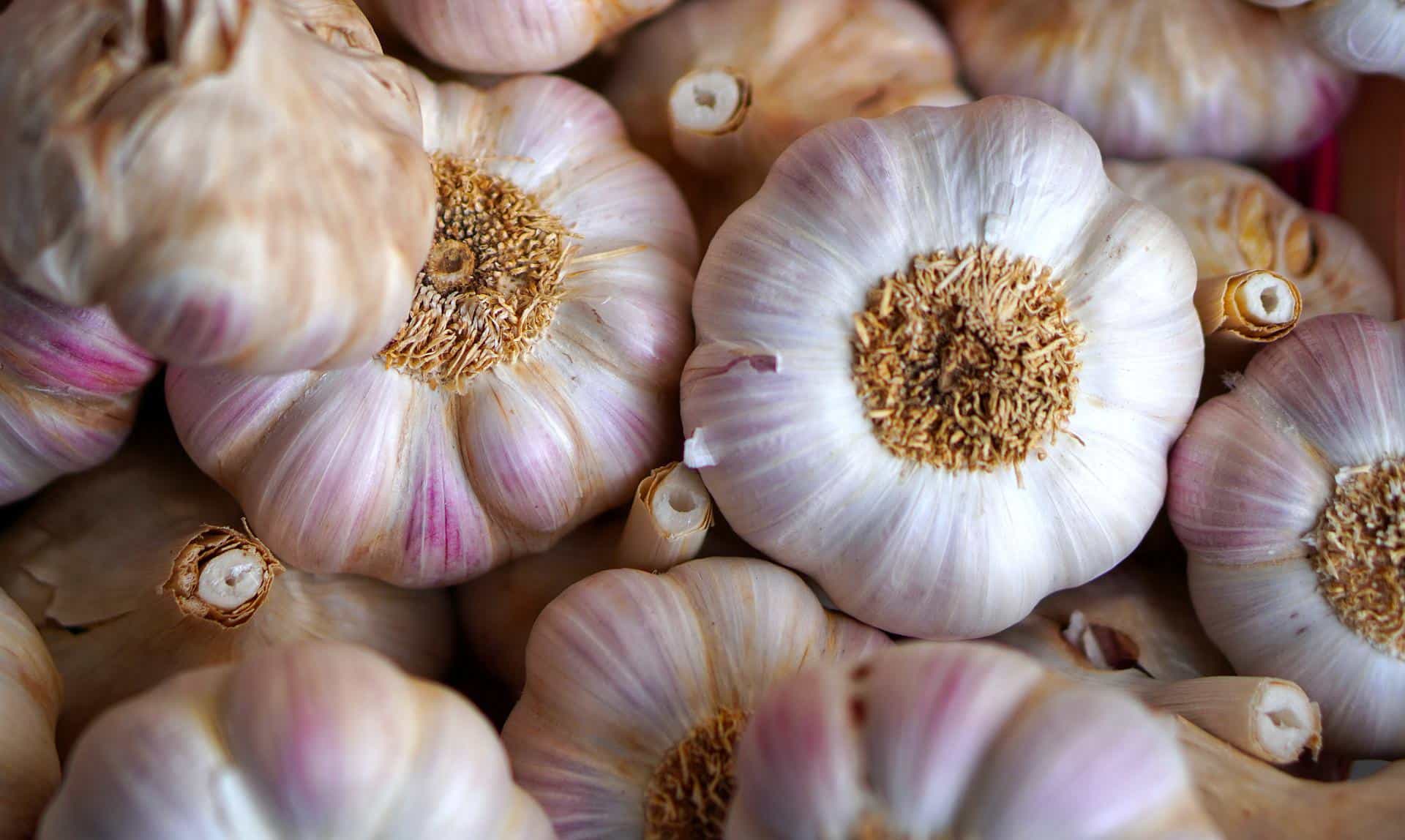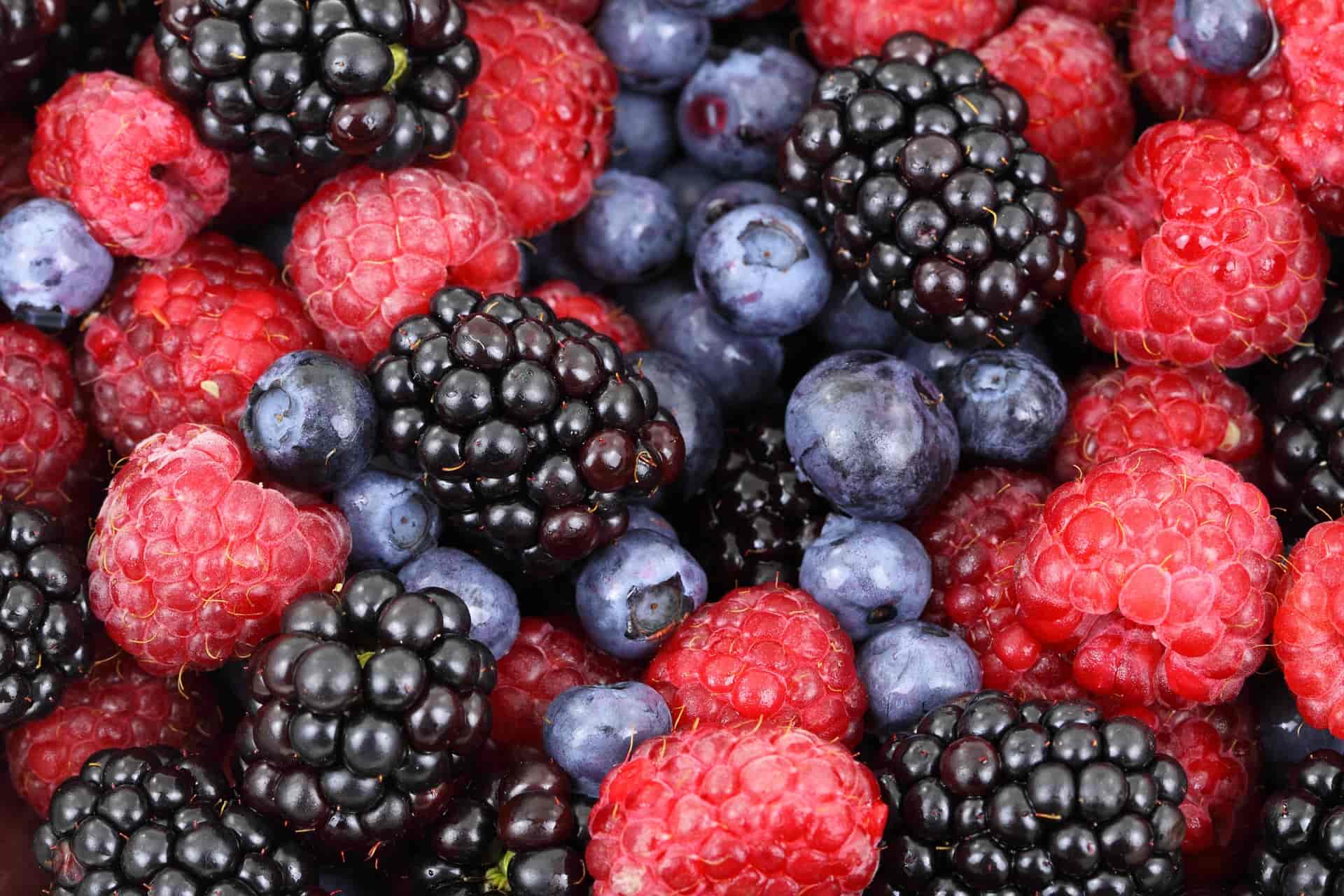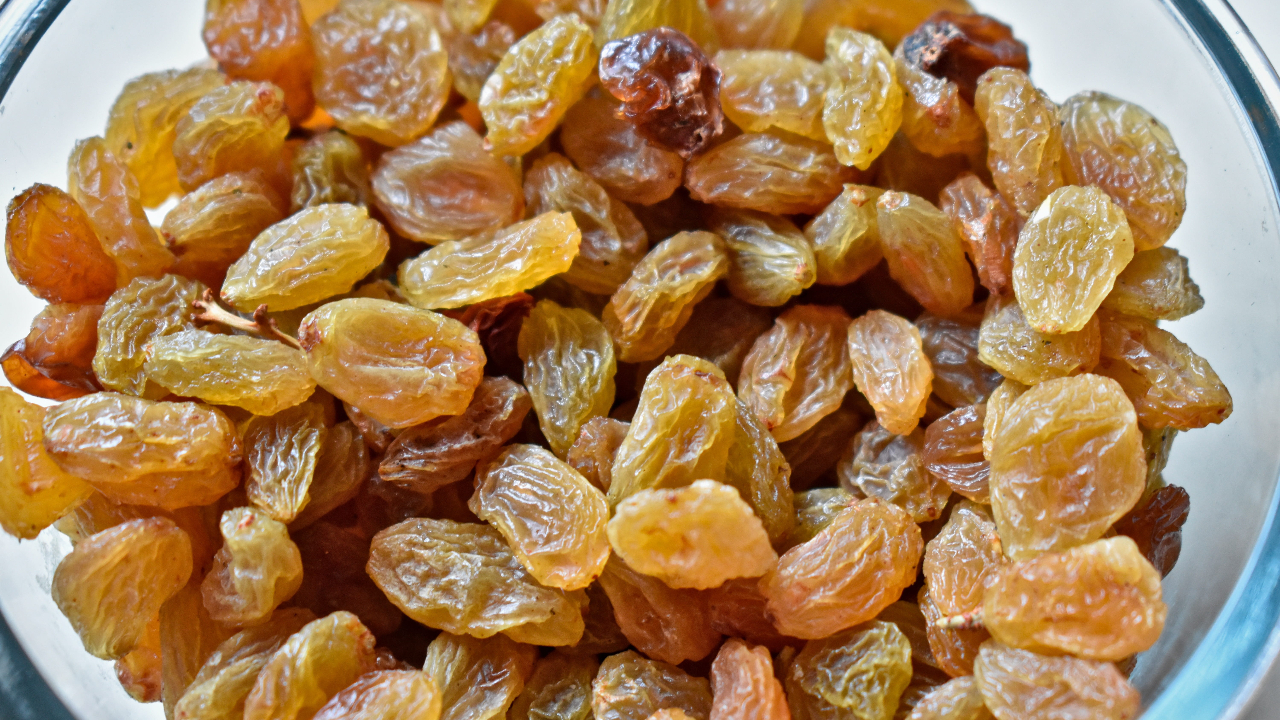Horses just love grass and hay right? It’s their main food source, and they need plenty of it so that they can function and survive. And there’s a lot more to feeding your horse hay that meets the eye. So in this guide, we’re going to find out all about hay. And more specifically, we’ll learn exactly how much hay to feed a horse in the winter.
Why it’s Important to Feed the Right Amounts of Hay
Horses are known as grazing animals, which means that their digestive system works best when they eat small amounts of food all day long. A horse can happily munch away for up to 15 hours a day. And ideally, they should eat fresh grass and pasture plants.
When horses are out at pasture they’ll naturally stick to this feeding regime. But if a horse is in a stable, and it doesn’t have access to grass, you must make sure that they’re getting enough forage such as hay or haylage.
If a horse doesn’t eat enough hay, it’s bad for its health and well-being as well as overall lifespan. Their digestive system won't function properly so they can’t absorb nutrients. And this can lead to conditions such as gastrointestinal diseases, colic, ulcers, diarrhea, weight loss and malnutrition.
As well as this, when horses don’t eat enough grass or hay, it can also cause negative changes in behavior. This is because their instinct tells them that they should be eating. So when they’re not grazing all day, they’ll get bored and agitated. And this can lead to them developing bad habits such as crib-biting and weaving. And in worse cases they might start eating dirt and feces.
On the other hand, if you feed your horse too much hay, this can lead to conditions such as obesity and laminitis. So this is why it’s vital to get your horse’s hay rations just right.
Do Horses Need More Hay in Cooler Weather?
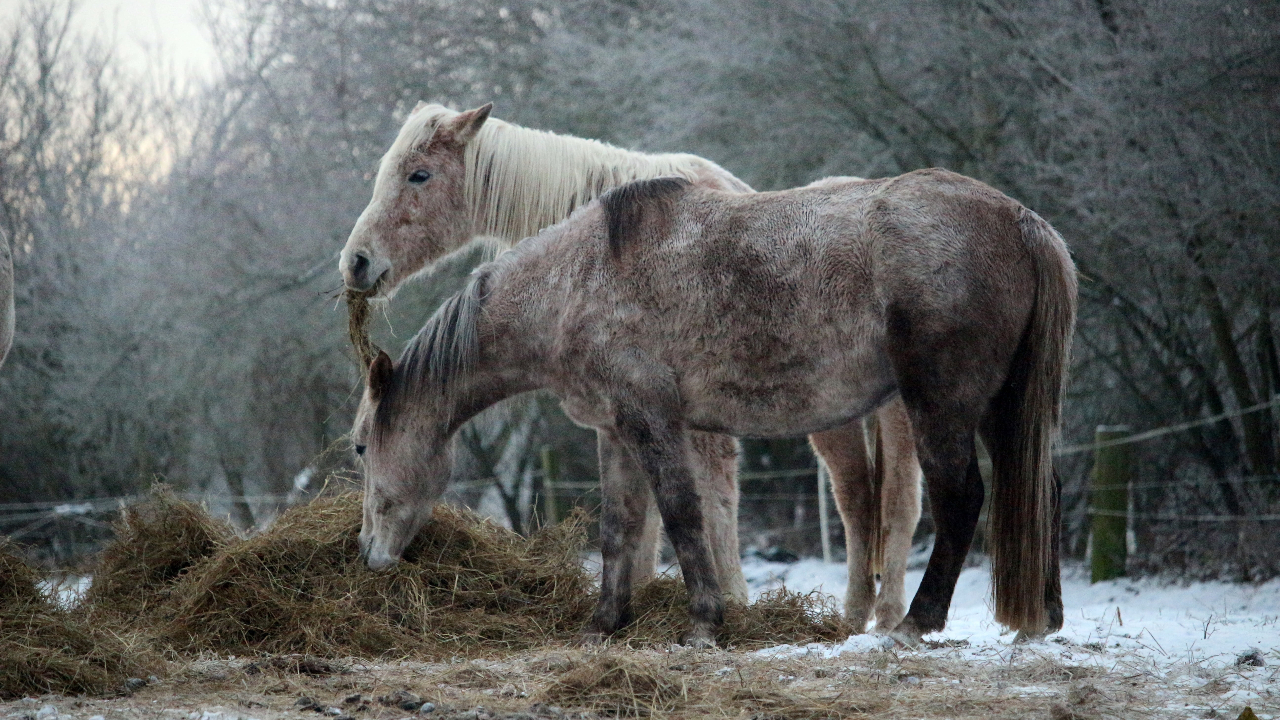
As a general rule, horses need extra hay in cooler weather. This is because they need more calories in their diet to keep warm. As well as this, grass will generally be less nutritious in the winter. So most of the time you’ll have to supplement your horse’s diet with extra hay in the winter, even if it’s out grazing all day.
As well as this, if you go through a particularly cold snap or you live in an extremely cold climate, you should further increase your horse's hay rations. When the temperature drops below 32 degrees, you should give your horse an extra pound or two of hay. And another pound or two for every 10-degree drop in temperature below 32 degrees.
How to Work out How Much Hay to Feed by Body Weight
According to equine vets and nutritionists, a horse needs to eat between 1.5 to 3 times its body weight in hay per day. So this means if your horse weighs 450 kilos then it should eat between 12 and 15 pounds of hay per day.
However, this is a very rough average, because your horse's hay intake will also depend on a whole range of other factors. This includes things such as their body condition, the pasture they have available, their exercise regime, their environment and the season.
How Much Hay Should a Horse Eat Per Day?
If you have an easy keeper in light exercise, in the summer, you should feed only 1.5 of its body weight in hay daily. And this should increase to 2.5 percent in the winter. But if you have a horse who’s in heavy exercise or is a harder keeper, you should feed around 2 percent of its body weight in warm weather. And this should increase to 3 percent in the winter.
You may also want to consider adding to their diet if your horse is a hard keeper. See some of the best horse feeds you can incorporate in addition to hay.
How to Make Changes and Adjustments When Feeding Hay to Horses in the Winter Months
In the winter, potentially, you may have to feed your horse hay more regularly throughout the day. Especially if your horse doesn’t have access to pasture. It’s important that they get enough hay to stop them from getting bored in their stable.
If your horse is living outside in the winter with full access to grazing, you may still have to supplement their diet with hay. This all depends on the quality of grazing you have available. If you feed your horse hay in the field then make sure to feed it on dry ground, away from the mud.
The Best Way to Feed Horses Hay
There’s a lot of debate when it comes to the best way to feed hay to horses. One school of thought suggests they should always eat hay directly from the ground. Because this is their natural position for eating.
However, this method isn’t very economical. Often horses will trample on the hay and a lot of it may go to waste. Especially if you’re feeding on the ground in a muddy field in the winter. As well as this horses tend to gorge themselves on a big pile of loose hay.
This is why lots of owners prefer to feed horses hay from a slow feeder, hay net or hay rack. These are usually hung up on a wall or post and your horse has to pull the hay out to eat it. So as well as saving on waste, they also slow your horse down when it’s eating.
Out in the field, if your horse is living in a herd, it’s a good idea to have a ring feeder. This is a large metal frame that provides a barrier between the horses and the hay. With a ring feeder, horses can't trample on the hay and it also discourages the horses from fighting over the food.
How to Measure Hay Correctly

Hay and forage usually come in bales. These can be small and rectangular or large, round rolls. The smaller bales are usually sliced so some people feed their horses according to slices. But the chances are, no two slices of hay weigh the same.
This means that the best way to measure hay for your horse is to weigh it. This way you’ll know that your horse is getting exactly the right amount of hay according to its body weight. The best way to weigh hay is by loading it into a hay net and then weighing it with a hanging scale.
What are the Different Types and Qualities of Hay?
You might have noticed that the quality and appearance of hay can change with each bale. And this is completely normal. There are generally two different types of hay and these are grass hay and legume hay. And nutritionally speaking, the two are quite different. So below, we’ll take a look at the difference between them.
Legume Hay
Legume hay is the richest type of hay. And it is made from plants that are known as legumes such as Alfalfa, Clover and Trefoil. Legume hay is high energy so it’s good for working horses and sports horses. It's also good for horses who need extra nutrition such as pregnant or lactating mares. This is because it’s higher in protein and calcium than grass hay.
Alfalfa hay is very rich and nutrient-dense so you shouldn’t feed easy keepers or overweight horses. And it’s a good idea to mix legume hay with grass hay. Because legume hay alone might be too rich for some horses.
Grass Hay
Grass hay is the most common type of hay for horses and it’s made from meadow grasses such as Timothy, Orchard and Bermuda. Grass hay is lower in nutrients, energy, and protein than legume hay. However, it’s higher in fiber, so this means that your horse can eat more of it. So it will keep them busy for longer. For horses who need extra calories and nutrition in their diet, you should supplement grass hay with legume hay.
Hay Quality
When it comes to checking the quality of your hay, there are several things you should look out for. Firstly, the hay should look nice and green as opposed to yellow or brown. The hay should feel dry, smell fresh, and it shouldn’t smell musty or damp. And good quality hay should be mold and dust-free.
Generally speaking, late harvest hay contains fewer nutrients than early harvested hay. However, it’s hard to know the exact nutritional quality of hay through sight alone. So if you want to be certain about the quality of a batch of hay, you should take a sample of it to be professionally tested.
Conclusion
Feeding hay isn’t always straightforward. Often the amount you feed will depend on the quality of the hay, the condition of your horse and the season. Overall horses will need less hay in the summer, and more in the winter.
And if you want to know exactly how much hay to feed a horse in the winter, you need to find out it’s body weight. Because ideally, you need to feed a horse between 2 and 3 percent of its body weight in hay during the winter months.
